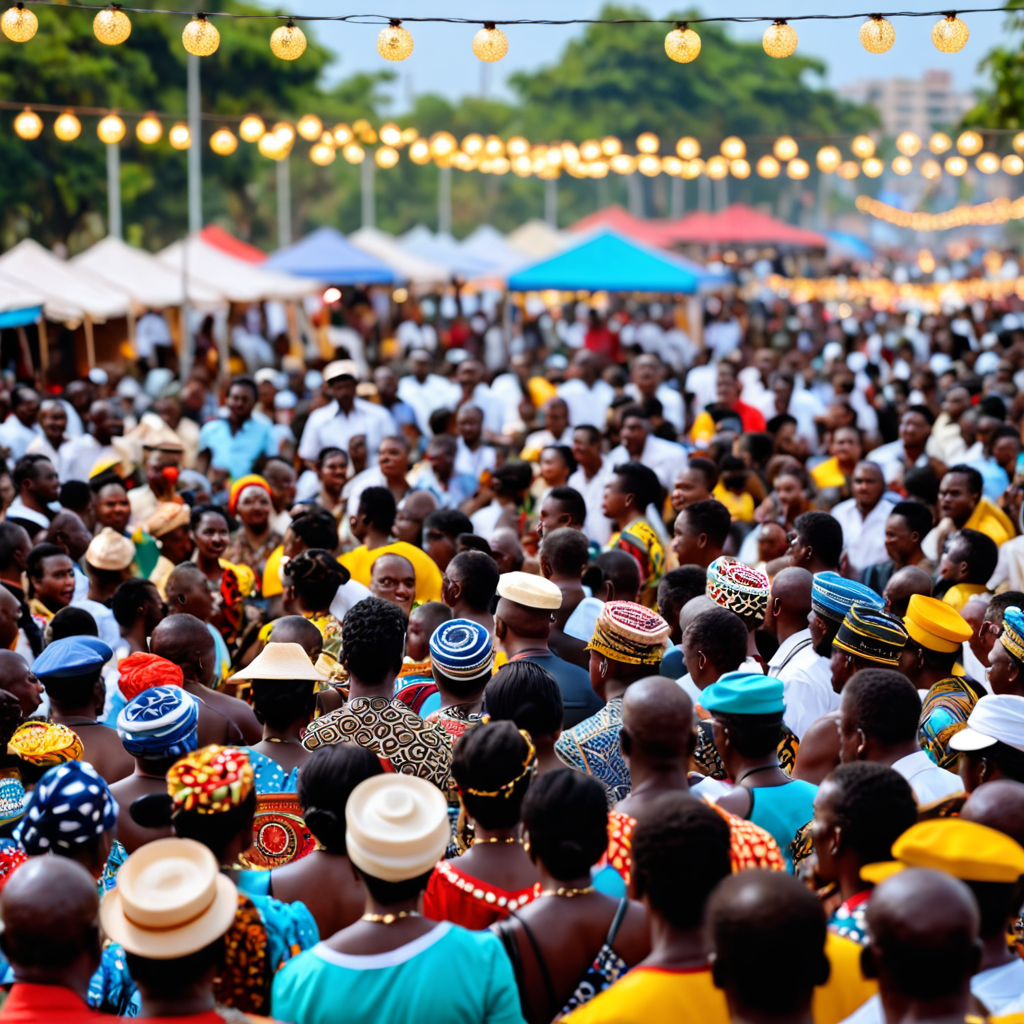The Impact of Microcredit Programs in Bangladesh
Introduction
The Republic of Bangladesh, a developing nation in South Asia, has been plagued by poverty and economic inequality for decades. However, in recent years, microcredit programs have emerged as a potential solution to address these issues. Microcredit refers to small loans extended to low-income individuals and groups, often without the requirement of collateral. These programs have gained significant traction in Bangladesh, particularly among women and marginalized communities.
Historical Context of Poverty in Bangladesh
Bangladesh's economic landscape has historically been characterized by high levels of poverty. Factors such as high population density, limited resources, natural disasters, and political instability have contributed to widespread economic disparities. The majority of the population relies on agriculture for subsistence, but low productivity and landlessness have hindered economic growth and income generation. Poverty has persisted as a chronic problem, impacting various aspects of life, including health, education, and overall well-being.
Emergence of Microcredit Programs
The concept of microcredit in Bangladesh can be traced back to the 1970s. Recognizing the need for alternative financial mechanisms to reach the poor, several organizations and individuals began experimenting with microcredit models. One of the most notable pioneers was Muhammad Yunus, who founded the Grameen Bank in 1983. The Grameen Bank's innovative approach, which provided small loans to women in rural areas, gained widespread recognition and set the stage for the expansion of microcredit programs in Bangladesh.
Key Institutions: Grameen Bank, BRAC
Grameen Bank and BRAC (Bangladesh Rural Advancement Committee) are two of the most prominent microcredit institutions in Bangladesh. Grameen Bank, established by Muhammad Yunus, has been at the forefront of microcredit for over four decades. It provides small loans to women organized into small groups, with a focus on poverty alleviation and women's empowerment. BRAC, on the other hand, is a multi-sectoral development organization that offers a range of microcredit programs, including loans for income-generating activities, education, and healthcare.
6. Design and Implementation of Microcredit Programs
Microcredit programs in Bangladesh are typically designed to reach low-income individuals and groups who have limited access to traditional banking services. The loans are usually small, ranging from a few hundred to a few thousand dollars, and are provided without the requirement of collateral. Repayment terms are often flexible, with weekly or monthly installments over a period of several months or years.
To ensure effective implementation, microcredit programs in Bangladesh often adopt a group-based approach. Borrowers are organized into small groups, typically consisting of 5-10 members, who are jointly responsible for repaying the loan. This approach helps to reduce the risk of default and fosters a sense of community and mutual support among the borrowers.
7. Target Populations and Beneficiaries
Microcredit programs in Bangladesh are primarily targeted at low-income individuals and groups, including women, the poor, and marginalized communities. Women have been a particular focus of microcredit programs, as they often face greater barriers to accessing traditional financial services and have a higher likelihood of investing in their families and communities.
The beneficiaries of microcredit programs in Bangladesh have experienced a range of positive outcomes, including increased income, improved living standards, and greater economic empowerment. The loans have enabled many borrowers to start or expand small businesses, purchase assets, and invest in education and healthcare.
8. Economic Impact: Poverty Reduction, Income Generation
Microcredit programs have had a significant impact on poverty reduction in Bangladesh. Studies have shown that microcredit borrowers experience increased income, improved asset ownership, and reduced vulnerability to economic shocks. The loans have enabled borrowers to invest in productive activities, such as small businesses and agriculture, which has led to increased income generation and improved living standards.
9. Social Impact: Women's Empowerment, Education
Beyond economic benefits, microcredit programs have also had a positive social impact in Bangladesh. By providing access to financial services for women, microcredit has empowered women and given them a greater voice in household decision-making. The loans have also enabled women to invest in their own education and the education of their children, contributing to improved literacy rates and better overall health outcomes.
10. Challenges and Limitations
Despite the successes of microcredit programs in Bangladesh, there are also some challenges and limitations to their effectiveness. One challenge is the issue of repayment. Some borrowers may struggle to repay their loans on time, especially during periods of economic hardship. Another challenge is the potential for over-indebtedness, as borrowers may take on multiple loans from different lenders.
Other limitations include the relatively small size of the loans, which may not be sufficient to meet the needs of all borrowers. Additionally, microcredit programs may not be suitable for all individuals, such as those who are not able to manage their finances effectively or who may have other barriers to economic participation.
FAQ
1. What is microcredit?
Microcredit refers to small loans extended to low-income individuals and groups, often without the requirement of collateral.
2. How do microcredit programs work?
Microcredit programs provide small loans to low-income individuals and groups, often using a group-based approach where borrowers are jointly responsible for repaying the loan.
3. What are the benefits of microcredit programs?
Microcredit programs can help to reduce poverty, increase income generation, empower women, and improve education and health outcomes.
4. What are the challenges of microcredit programs?
Challenges include repayment issues, potential for over-indebtedness, and the relatively small size of the loans.
5. Who are the target populations of microcredit programs?
Microcredit programs are primarily targeted at low-income individuals and groups, including women, the poor, and marginalized communities.



